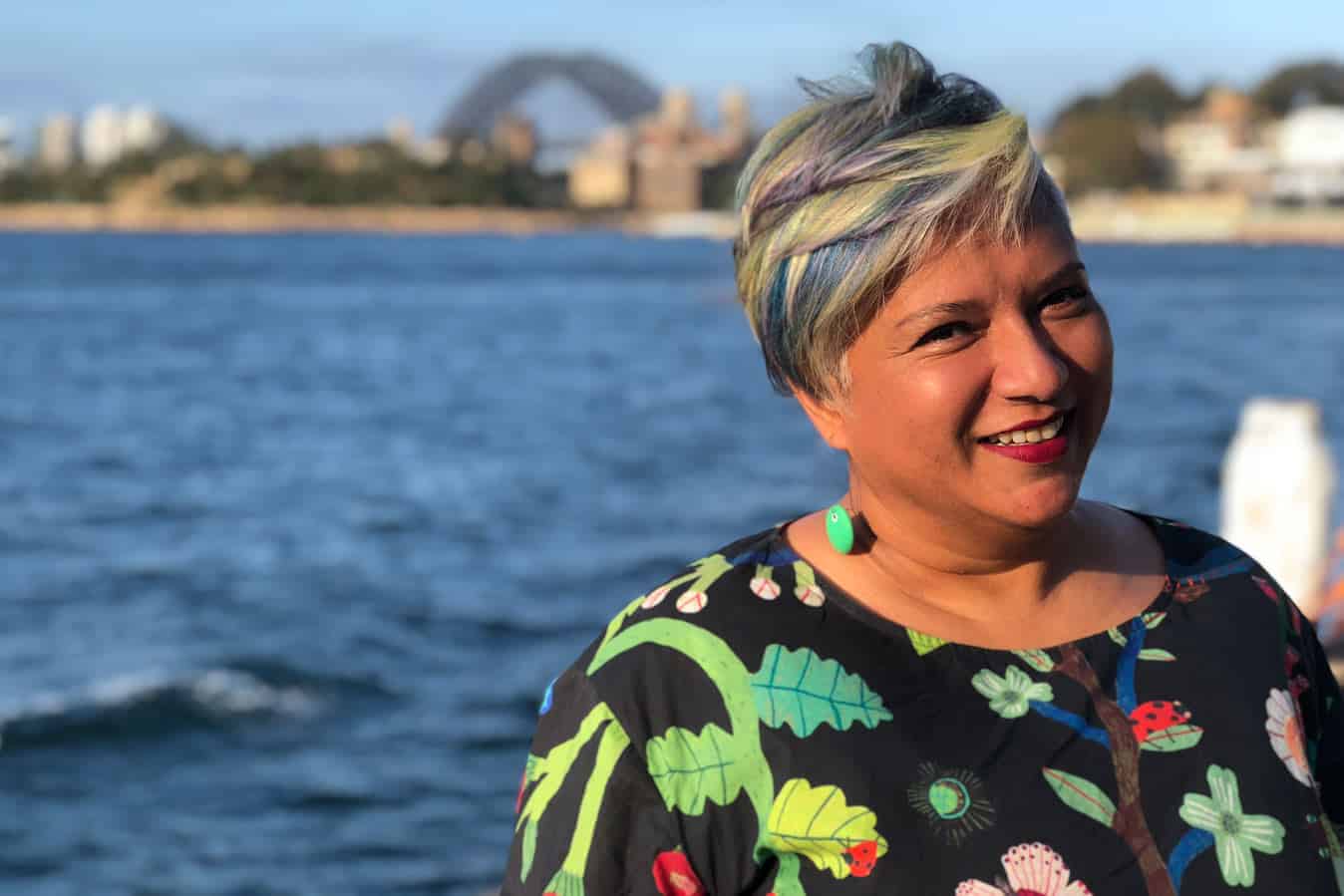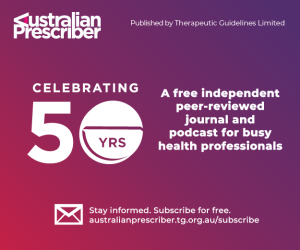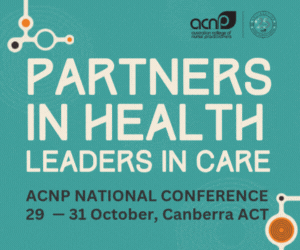Developed in the 1980s by Maori nurse and anthropologist Irihapeti Ramsden in New Zealand Aotearoa, Cultural Safety has gradually become a key component in nurses’ and midwives’ education in Australian healthcare.
Cultural Safety is a reflective process where you analyse your own cultural biases and attitudes. From this position, you are open when engaging with people from other cultural groups. Cultural Safety is a key obligation for nurses and midwives in their respective codes of conduct by the Nursing and Midwifery Board of Australia (NMBA).
Nurse and Vice Chancellor’s Fellow who works at the School of Art at RMIT, Dr Ruth De Souza investigates “gender, race, health and digital technologies” as part of a wide-ranging academic brief, and frequently her work involves and invokes community, such as the ongoing Nurses and Midwives Art Exchange.
She has taught Cultural Safety in Australian and New Zealand contexts, utilising everything from Possum skin bracelets (In partnership with Gunditjmara artist Vicki Couzens) to theatre techniques as part of her remit. She says the challenge is to move beyond the “theoretical” in educating nurses and midwives.
“We need different methods which challenge the complex issues in health, both in terms of how we teach it and how we research it,” she explains.
“You can’t just say, ‘if you do this, everything will be fine.’”
A prolific researcher whose recent work focuses on cultural safety in the arts, research dissemination to Culturally and Linguistically Diverse communities, and digital health literacy, Dr De Souza says an understanding of healthcare’s political overtones is key to improving Cultural Safety literacy across the workforce.
“How do we get nurses to think that they are not neutral, that the work they do is actually political?” she asks, adding that nurses need to accept their role as “culture-bearers” within the care context.
“Care is not a neutral activity… We don’t just walk into the world without having an impact… It’s not just whiteness. It might be that you’re heterosexual, that you’re cis-gendered, you’re able-bodied and all these aspects of your identity [that you possess].”
“You might be privileged, but you might not even think of yourself as privileged. I think often, nurses don’t, because they see themselves as in between two big power structures, which are managerialism and biomedicine.”
She urges practitioners to embrace the complexity of a more culturally nuanced understanding of their work rather than relying only on science.
“The whole point of cultural safety that makes it difficult: it’s the opposite of quantifying,” Dr De Souza says.
“It’s about, ‘hey, how do I establish a relationship with this person or this community?’ and recognising that what might have worked elsewhere might not work in this situation and that you’ve got to try all of the things that are in your basket of tools from your experience.”
Dr De Souza says the need for a community and patient-centred focus on care is evident in an Australian context. She says allowing nurses and midwives to step back from the “accelerated” workflow that inhabits care settings and share reflections on practice could assist in the education process around Cultural Safety.
“It’s really hard to do that. You’re just trying to get your work done….[but] in order to have cultural safety, we also need to have places where people can talk about their practice,” she says.
“I don’t think any of this is easy, but if there’s a way we can bring nurses together to talk about what’s happening in care, that’s where the magic happens because that’s how we can learn from each other.”
The Regulatory Perspective
The NMBA is a joint signatory to the 2018 Joint statement – Cultural safety: Nurses and midwives leading the way for safer healthcare. The Board’s definition of Cultural Safety closely matches the Congress of Aboriginal and Torres Strait Islander Nurses and Midwives (CATSINaM) and the Australian Health Practitioners Regulation Agency (AHPRA; the National Scheme) definitions.
The National Scheme’s definition of Cultural Safety, as used in the Codes of Conduct as mentioned above, expressly states that its definitions, as below, were determined through consultation with Aboriginal and Torres Strait Islander peoples.
“Cultural safety is determined by Aboriginal and Torres Strait Islander individuals, families and communities. Culturally safe practise is the ongoing critical reflection of health practitioner knowledge, skills, attitudes, practising behaviours and power differentials in delivering safe, accessible and responsive healthcare free of racism.”
The Code of Conduct for Nurses and Midwives take these concepts further by directly charging with three key responsibilities in this area of concern. These are consistent across both codes, respectively, and outlined in Section 3.1 of each document:
a) Provide care that is holistic, free of bias and racism, challenges belief based upon assumption and is culturally safe and respectful for Aboriginal and Torres Strait Islander peoples
b) Advocate for and act to facilitate access to quality and culturally safe health
c) Recognise the importance of family, community, partnership and collaboration in the healthcare decision-making of Aboriginal and Torres Strait Islander peoples.
The NMBA, alongside the broader National Scheme, hope to enshrine Cultural Safety as part of Australian law to enhance the Codes of Conduct while increasing accountability for nurses and midwives who fail to provide Culturally Safe care.
“[It will] place cultural safety considerations into matters before tribunals and the court system which operate quite separately to AHPRA, [and also] means nurses and midwives are required to take appropriate steps to educate themselves on cultural safety regarding the accessibility of their services,” a spokesperson for the NMBA explains.
More broadly, NMBA hopes to improve the quality of care for Aboriginal and Torres Strait Islander peoples, the retention of First Peoples in the nursing and midwifery workforce, the level of Cultural Safety education for those entering the workforce, and the processes around managing those who fail to provide Culturally Safe care.
For nurses and midwives wanting to be more informed, the NMBA recommends CATSINaM’s Murra Mullangari: Introduction to Cultural Safety and Cultural Humility Education course.
“[It] is designed to increase a nurse or midwife’s understanding of the origins of Cultural Safety and its components,” the spokesperson says.








